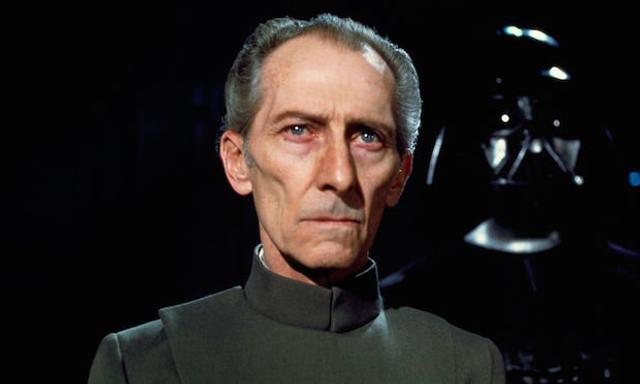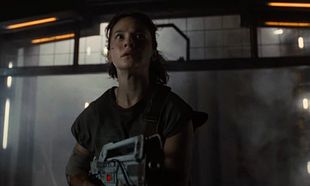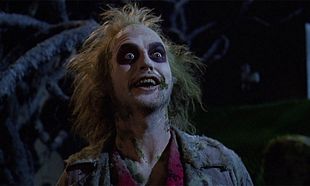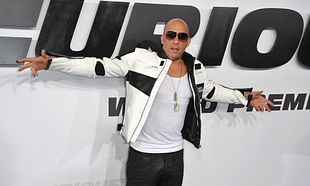If you read our review of Rogue One: A Star Wars Story, you'll note that we made reference to a "well-meaning mistake" that featured in the film.
Considering the film's been on release for two weeks now, we can at last clarify that we were talking about the digital resurrection of Peter Cushing, who played Grand Moff Tarkin in the 1977 film. For those who may be unaware, Peter Cushing passed away in 1994 and the character of Tarkin was played in Rogue One was played by Guy Henry, with highly advanced CGI used to make him look like Peter Cushing.
Tarkin wasn't just a one-scene trick in Rogue One either, but a fully-fledged supporting character and the first of its kind to do so.
With the untimely and tragic passing of Carrie Fisher, there's speculation underway as to what will happen with Episode IX in 2019. CGI and digital effects have been employed when actors pass away during the middle of production. Oliver Reed's work in Gladiator had to be digitally altered to fit scenes he was due to film before he passed, whilst Paul Walker's brothers, Caleb and Cody, were used to stand in for him following his passing in 2013.
Moreover, many actors are now reportedly trying to negotiate to ensure their likeness is not used after their death.
A report by Reuters has stated that a number of well-known actors and entertainers are now actively working to protect their image from being used after their passing. Mark Roesler, who is one of the top agents governing celebrity estates, has said that at least twenty-five of his clients are negotiating how they and their loved ones' images will be used after they're gone. "They understand that their legacy will continue beyond their lifetime," Roesler explained to Reuters.
As it stands, the law is somewhat murky when it comes to posthumous performances and many entertainers are placing stipulations on their image being used after their passing. Robin Williams, for example, banned any use of his image from commercial means until 2039 and specified that he was not to be digitally reinserted into a film or TV show or through the use of holograms.
The larger question is, however, whether or not people actually want this to become a part of films and television. What do you think? Let us know in the comments!
Via Reuters




















































































